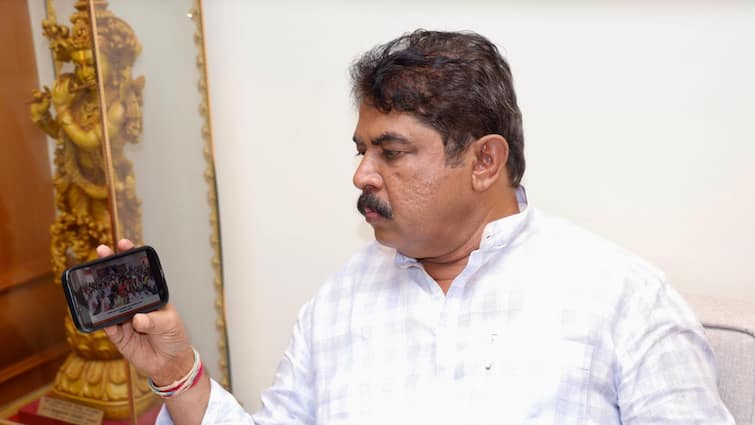The first Tejas-Mk1A fighter jet produced at Hindustan Aeronautics Limited’s (HAL) Nashik complex took to the skies for its maiden flight on Friday, marking a significant milestone for India’s indigenous defense program. The rollout followed the formal inauguration of HAL’s LCA and HTT-40 assembly lines by Defence Minister Rajnath Singh.
While the aircraft’s flight is a major achievement, its official induction into the Indian Air Force (IAF) hinges on the successful completion of ongoing weapon and radar integration trials.
Nashik now hosts HAL’s third LCA production line and second HTT-40 trainer line, bolstering India’s fighter manufacturing capabilities. During the rollout ceremony, the Tejas-Mk1A was honoured with a traditional water cannon salute, symbolising the pride and significance of this milestone.
#WATCH | Nashik, Maharashtra | LCA Tejas Mk 1A gets a water cannon salute after its maiden test flight today. https://t.co/HtZiheoppl pic.twitter.com/R5r4BJZ1ym
— ANI (@ANI) October 17, 2025
The aircraft still must clear rigorous trials, including integration with the Astra beyond-visual-range air-to-air missile, short-range missiles, and laser-guided bombs. Pre-induction tests will also confirm compatibility with the Israeli-origin ELTA ELM-2052 radar and fire-control system, which had previously required software tweaks before final validation.
The Nashik rollout is part of HAL’s broader plan to ramp up fighter production. Alongside its two operational lines in Bengaluru, the Nashik facility aims to produce up to eight aircraft per year. Complementing this effort, HAL has cultivated a private-sector supply chain—with VEM Technologies handling the centre fuselage, Alpha the rear fuselage, and L&T the wings—supporting the production of an additional six aircraft annually. Once fully operational, this ecosystem is expected to push annual fighter output to 30 jets by 2026-27.
However, production is facing hurdles. HAL is experiencing delays in the delivery of 99 GE F404 engines contracted in August 2021 for Rs 5,375 crore, having received only four so far. GE has committed to supplying eight more engines by March 2026, followed by around 20 per year. Despite these setbacks, HAL has kept production moving by rotating the available engines for test flights.
The original order of 83 Tejas Mk1A jets, cleared in 2021, is scheduled for delivery between 2024 and 2028. In August 2025, the Cabinet Committee on Security approved an additional 97 Mk1A fighters worth Rs 66,500 crore, raising the total order to 180 jets.
Air Chief Marshal AP Singh has repeatedly highlighted the IAF’s urgent need for fresh inductions, warning that the force is “very badly off in numbers” and requires at least 40 fighters per year to maintain combat readiness. HAL remains confident that once the production ecosystem stabilises and integration challenges are resolved, this target is achievable.
Friday’s celebrations also included an impressive formation flight featuring the Tejas-Mk1A, HTT-40, and Su-30MKI, underscoring India’s growing indigenous aviation capabilities.



